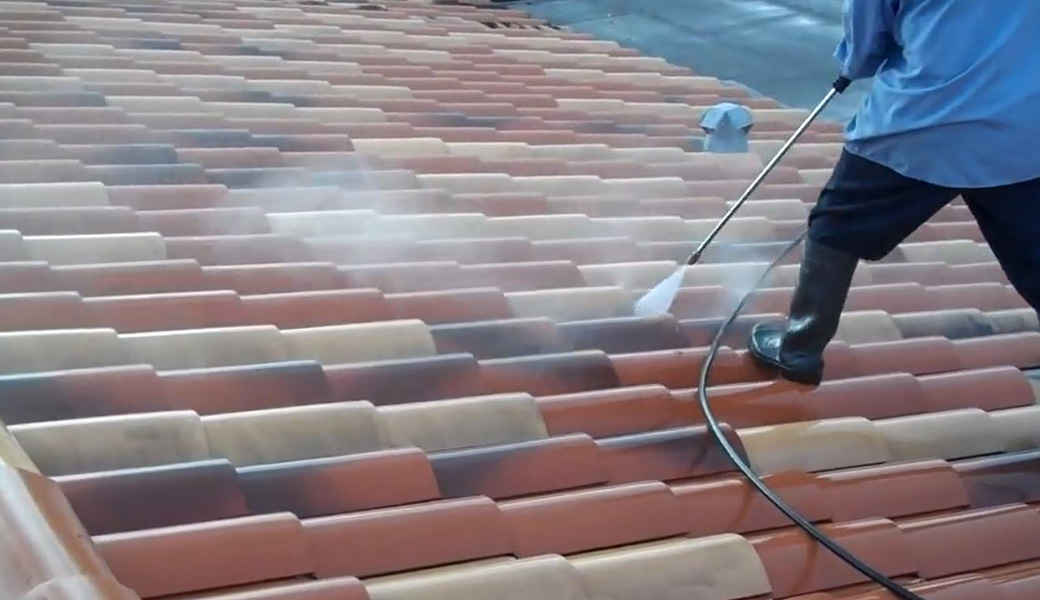4 Simple Roof Maintenance Tips That Will Help to Extend Its Life
Replacing the roof of your home is not a pleasant task; it’s a time-consuming, life-disrupting and expensive one. Unfortunately, all residential (and commercial) roofs have to be replaced or repaired at some point. The average lifespan of a roof is around ten to thirty years, depending on the materials used and the kind of climate that you live in. Using the wrong ‘type’ of roof for your particular location can be just as detrimental as ignoring the maintenance on the roof … and both can be VERY detrimental, sometimes resulting in necessary, expensive roof replacement.
In order to extend the life of your roof, you’ll need to know how to take care of it. Every now and then, even the best-kept structure will require some kind of maintenance or repair, with general wear n’ tear, and professional roofing experts can help you with this. With inspections, repairs, restorations, and life-extending modifications that actually could make the world of difference, we personally recommend hiring them in once per year to give your roof a good once-over. Twice per year in certain circumstances.
Whether you choose to hire a professional in or not, maintenance and regular inspections are important to avoid costly repairs. We recommend doing these XX things to help extend the life of your roof —

1 - Check after bad weather.
Many people won’t think to go outside and take a peek at the state of the roof after a storm of patch of bad weather unless someone else brings up the damage to THEIR roof, tiles or roofing materials are physically seen on the floor afterwards, or the storm was so severe you’re left wondering how the house is left standing at all.
In reality, the smallest of storms could cause crazy amounts of damage, not just to your roof, but also to your entire property. If you just so happen to have a pair of binoculars in the shed or garage, grab them. You can take a peek at most parts up there just by looking and walking around the house. If there’s nothing of note to be seen, you have no need to get out the big ladder (or hire/buy one), and then spend the rest of your day crawling around on your roof.
If you do see damage, you can get it repaired ASAP. As with most areas of damage on your home, leaving it untreated will just lead to bigger and more expensive problems further down the line. Storms can break shingles, move them around, send them flying off the roof, and more. And that’s just the shingles, not the chimney stack, flashing, eavestroughs, and other areas that could potentially come under attack.
2 - Get inspections annually.
And, if the roofer recommends you have TWO inspections per year, book two roof inspections per year. A roofer will usually recommend this if there are a lot of trees in the area, with leaves that are clogging up your guttering or causing shadows and moss to grow on the north-facing side of your roof; if there are a lot of up and down temperature changes and extremes; and also when there have been cycles of bad weather or storms. You should also look at more regular inspections if you have been having a problem with moss, or if homes in the local neighborhood are suffering from moss growth on the roof. Wind can send organisms moving from one rooftop to another, and everyone could ‘infect’ everyone else. Well, unless you effectively treat your roof, of course.
3 - Clean out and unclog your guttering at least once per year.
This can be done at the time as the inspection, if you like. We recommend doing this before winter hits and the cold temperatures loom, and also again in the spring and summer if you can find the time. Anything that causes a problem with your guttering will need to be taken away before high winds send leaves up there, and definitely before any standing water has the time to turn into very heavy ice.
Your guttering is important to protect your home, both inside and out. When that goes wrong, there’ll be leaks galore before long.
4 - Trim back the trees!
Yes, we know that they look lovely around your home, and they also provide you with much-needed cool shade when you’re trying to enjoy your back yard in the summer … but, and it is quite a big but, trees or branches that sit or hang too close to your home are going to cause you problems. Big problems.
The shadows of trees will cause cool areas on your roof, and the closer the branch is to the roof itself, the cooler and more likely it will be that moss starts to grow. Moss will retain moisture, adding weight to a roof that might not be stable or secure enough to take it, and eventually could lead to leaks, holes, broken and curling-up shingles, and much more.
It isn’t just moss and associated damage that trees and low-lying branches can cause, though; they can also come into physical contact with your roof. If the branches are battering backwards and forwards, they could easily break shingles, bust through fascias, and damage eavestroughs. Not only that, when the leaves fall off and end up landing on your roof, the guttering can clog up. And, as if things weren't bad enough already, branches and twigs that lead right to your roof will also provide an easy path to follow for wild animals, such as squirrels and raccoons.
Visit our Roof Contractor home page to learn more about us, or hire a local professional from over 100 USA locations.

